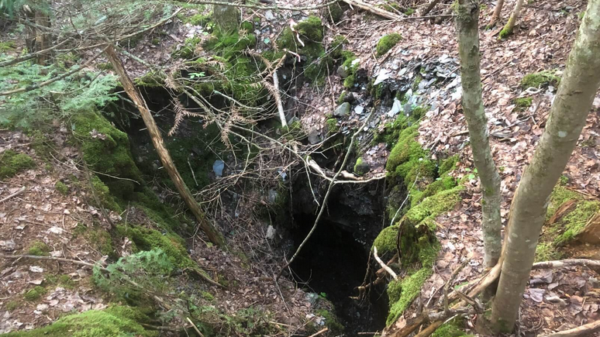Kinross Gold Corporation (TSX: K) (NYSE: KGC) recently outlined annual production at around 500,000 ounces of gold at an all-in-sustaining cost (AISC) of approximately USD$800 per ounce for its Great Bear Project in Red Lake, Ontario.
The company reported this strong production data as part of its preliminary economic assessment (PEA) on Tuesday.
The project promises substantial margins given the current gold price environment. This low AISC positions Great Bear as one of the more economically viable projects in Kinross’s portfolio. The spot price of gold has been hovering around USD$2,500, and is USD$2,513.99 at the time of writing.
The mining strategy employs both open pit and underground mining from the start. This dual approach offers production flexibility and processes higher-grade material early in the mine’s life, boosting economic returns. The open pit will move up to 26 million tonnes of material at its peak, while processing will reach 9,000 tonnes of mineralized material per day.
The PEA addresses environmental concerns by incorporating a desulphurization flotation circuit to reduce acid generation from tailings. Mining the LP Viggo Pit during construction serves multiple purposes, including providing construction material, early mill feed, and a location for tailings storage, eliminating the need for a traditional tailings dam.
Kinross has discovered high-grade mineralization at depths beyond the current PEA inventory through ongoing exploration efforts, indicating significant resource expansion potential that could extend the mine life or increase annual output.
Read more: Calibre Mining gets environmental permits for Volcan deposit in Nicaragua
Read more: Big name shareholder sells high percentage of its stake in Calibre Mining
Exploration drilling at depth has confirmed high-grade mineralization
The PEA outlines an initial life-of-mine (LOM) of approximately 12 years, with total production estimated at 5.3 million ounces of gold. However, this estimate reflects only a snapshot of the mine plan and serves as a glimpse into the asset’s long-term potential due to the limitations of drilling at depth from the surface.
Exploration drilling at depths up to 1,600 metres has already confirmed the continuation of high-grade mineralization with strong widths well below the current PEA inventory, underscoring the asset’s significant upside potential.
Additionally, the total initial construction capital is estimated at USD$1.2 billion.
Kinross expects capitalized mine development before commercial production to reach approximately USD$250 million, including USD$105 million for open pit mining and USD$143 million for underground capital development, which will support higher production in the early years.
The construction capital also covers site development, water treatment, and infrastructure, including the truck shop, administrative facilities, and camp. The plan incorporates state-of-the-art water treatment with ultra-filtration and a comprehensive site-wide water management strategy to meet the highest environmental standards.
In addition, the capital estimate includes indirect and contingency costs, with indirect and owner costs accounting for 40 per cent of total direct costs and the contingency set at 22 per cent, further increasing confidence in the PEA’s overall estimate.
Kinross anticipates manageable capital requirements for the project, which fit within its planned annual capex profile of around $1 billion. The company remains confident in its ability to maintain an investment-grade balance sheet while funding Great Bear alongside other planned capital expenditures.
.
Follow Joseph Morton on Twitter
joseph@mugglehead.com














